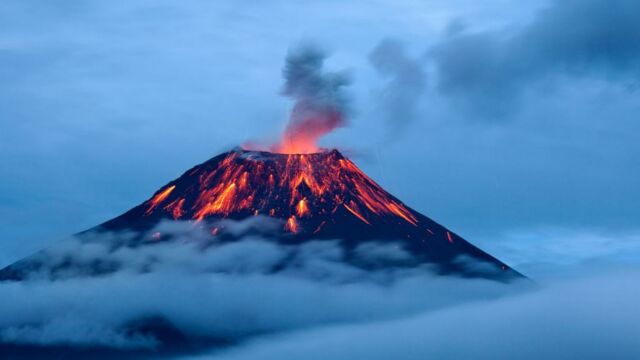The Long Valley Caldera in the Sierra Nevada, California, is a supervolcano. There are about 20 supervolcanoes on Earth, these are different from conventional volcanoes. But what distinguishes Caldera from a fire mountain like the one currently spewing on the island of La Palma, Cumbre Vieja?
Discover our latest podcast
What is a supervolcano?
Conventional volcanoes are so-called fire mountains with a cone-shaped elevation around a column of magma. At the summit is a crater from which the lava erupts. But there are other types of volcanoes, such as the Eifel maars in Germany or volcanoes on Jupiter's moon.
Supervolcanoes look different and are also not fire mountains. According to Scinexx, supervolcanoes are caused by an explosion that tears a hole in the earth's crust. This cauldron-shaped surface of volcanic origin is called a caldera in geology. However, a volcanic eruption of this type is very rare.
Long Valley Caldera begins to bubble
The Long Valley Caldera was formed over 760,000 years ago. But if the 32-kilometer-long and 18-kilometer-wide supervolcano explodes again, the consequences could be global.
This is because a large amount of magma lies dormant at a depth of 900 meters. Experts have recently noticed seismic activity in the Long Valley Caldera.
Whether the supervolcano will erupt because of this remains unknown. Currently, the Long Valley Caldera is on level one of the United States Geological Survey's four-level warning scale, as reported by Karlsruhe Insider.















